One year of Mahsa Amini's death: What has changed?
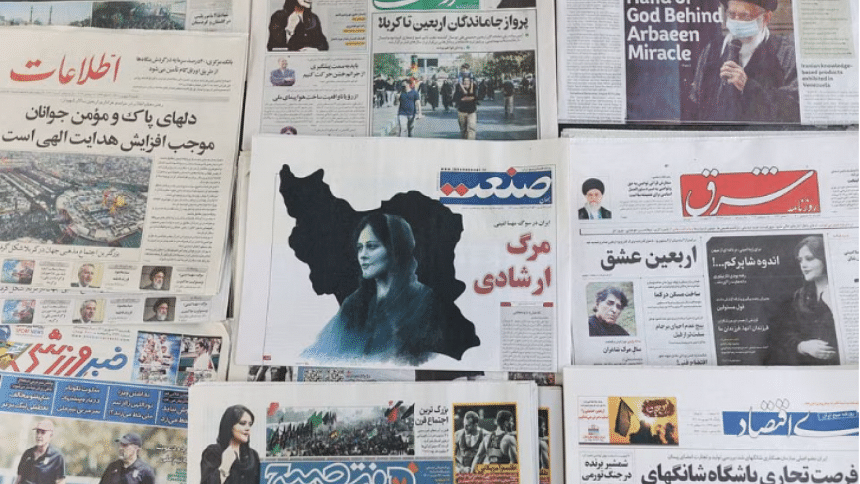
Born in north-western Iran, Mahsa Amini was an innocent and ordinary girl. She was about to start university and being caught in the maelstrom of a ruthless regime was not on her "to-do" list. She had merely gone to Tehran to visit her relatives. On September 13, 2022, as she was getting out of the Haghani underground station, Gasht-e-Ershad, the Guidance Patrol, also known as the "morality police of Iran," arrested her on account of "bad hijab," as loose strands of hair escaped her scarf. After three days of detainment, Masha was found dead. She was only 22 years old.
Niloofar Hamedi, an Iranian journalist, took a photo of Mahsa Amini's parents hugging each other in the hospital in Tehran where their daughter was lying in a coma. The photo, which Hamedi posted on Twitter, led to her arrest and her account being suspended.
A CT scan of Amini's skull showed bone fracture, haemorrhage, and brain oedema that can only occur from a violent blow to the head. Published hospital pictures show Mahsa Amini bleeding from the ear, with bruises under her eyes. The law enforcement command of the Islamic Republic, however, denied the claim that she died under police custody. Instead, they stated that her death was the result of a cardiac arrest.
Her untimely death ignited the largest series of protests in Iran since 2009. On October 13, 2022, over 800 members of Iran's Medical Council accused the head of Iran's Medical Council of assisting in a government cover-up of the cause of Mahsa Amini's death.
In the aftermath of her death, protesters made the streets their home. Many were charged with disturbing public order, assembly and conspiracy to commit a crime against national security, and the most important of all, "war against god."
Whose god is that?
Amidst "Jin Jiyan Azadi" slogans, which mean "Woman, life, freedom," Iran issued death sentences for protesters, the majority of whom were women. More than 500 protesters were killed, and over 20,000 were arrested.
In their brutal actions, Iranian authorities upheld a strict message: wear your hijab tightly and appropriately, or risk your life.
The movement after Mahsa's death had forced Iran's morality police off the streets until recently. Now they are back with surveillance cameras to crackdown on women being women. Like one catches a thief, the steely machine eyes will catch the Iranian women who defy a very narrow definition of religion, constructed by men in highchairs. This week, on the first anniversary of Mahsa's death, authorities in the southwestern region of Iran have arrested six people for allegedly "organising riots."
This is not the first women-led movement in Iran, and this is not the first instance where dissent has been met with punishment. After the Islamic revolution in 1979, there were protests led by women opposing the newly mandated rules that severely restricted women's right to choose and flourish. That protest too was ruthlessly muzzled and by April 1983, the veil became mandatory for all Iranian women in public spaces.
On the other hand, this history has another side to remember: the US imposed sanctions on Iran in 1979, which gives hypocrisy a new name. The 1979 revolution of Iran can be directly linked back to the Persian oil crisis of 1951-53 when a British and CIA-led coup resulted in the end of democracy in Iran and reinstalled kinship.
While we mourn the death of Mahsa Amini, we must not let our grief make us blind. We see through the charade portrayed by most of the Western media condemning violence in the non-Western regions with unearned sanctimony.
The inscription on Amini's tombstone reads in Kurdish, "Beloved Žina [Mahsa], you will not die. Your name will become a code."
When we mourn her death, we must also remember that Mahsa's name at birth was Zina Amini. Being a Kurd in Iran, she had to be given another name. A Kurd name is deemed inappropriate in the majority Persian region. The multifaceted challenges and discrimination she faced in Iranian society must all be recognised and included in this fight for justice.
Now, let us talk about why her death has not led to lingering shock and disbelief in Bangladesh. It feels personal, the death of Mahsa Amini. It feels as though it happened to my friend. There is a surreal sense of familiarity or empathy lurking in our approach to the tragic death, which makes one question: what twisted circumstances surround us for which we understand such atrocity so easily?
It is true that women's rights and freedom in Bangladesh are not curtailed to the point that state-mandated goons are prowling the streets counting our strands of hair. We are not being detained and put into re-education centres to learn how to be "proper women."
But the relatability comes rather from deeply entrenched sexism in our society, where men wear their manhood on their sleeves with a kind of terror that automatically makes us women mind where we step. We walk with fear, scan the crowds in buses, and remain wary of uber drivers. We are always alert and always exhausted. We can never close our eyes. We always must be on the lookout. We can't let ourselves forget even for a second the time and place we inhabit. In other words, we relate and understand Mahsa Amini, because we too, live in a society where our worth is shackled to parochial values. The ease with which we can collectively imagine the circumstances that killed her is a heartbreaking reminder of the deeply ingrained issues in our society.
But as we remember Mahsa Amini, a year after her death, we must let her spirit live on, and let this familiarity guide us to champion the cause of freedom and human dignity.
Sumaya Mashrufa is a writer and an artist.
Views expressed in this article are the author's own.
Follow The Daily Star Opinion on Facebook for the latest opinions, commentaries and analyses by experts and professionals. To contribute your article or letter to The Daily Star Opinion, see our guidelines for submission.

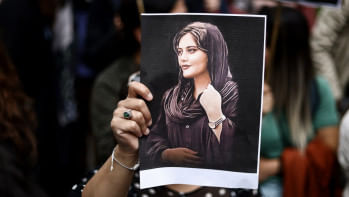
 For all latest news, follow The Daily Star's Google News channel.
For all latest news, follow The Daily Star's Google News channel. 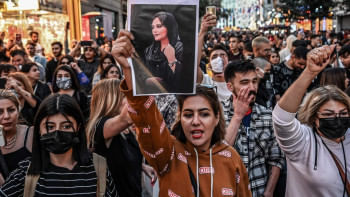
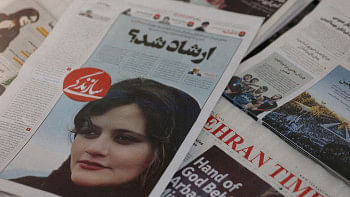
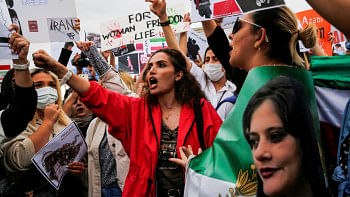
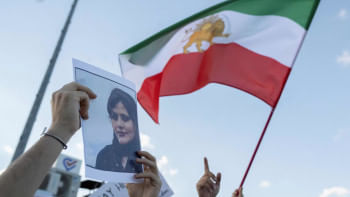





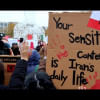


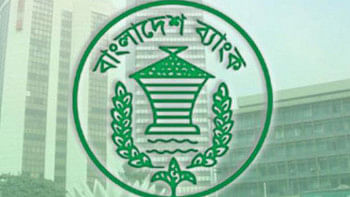
Comments